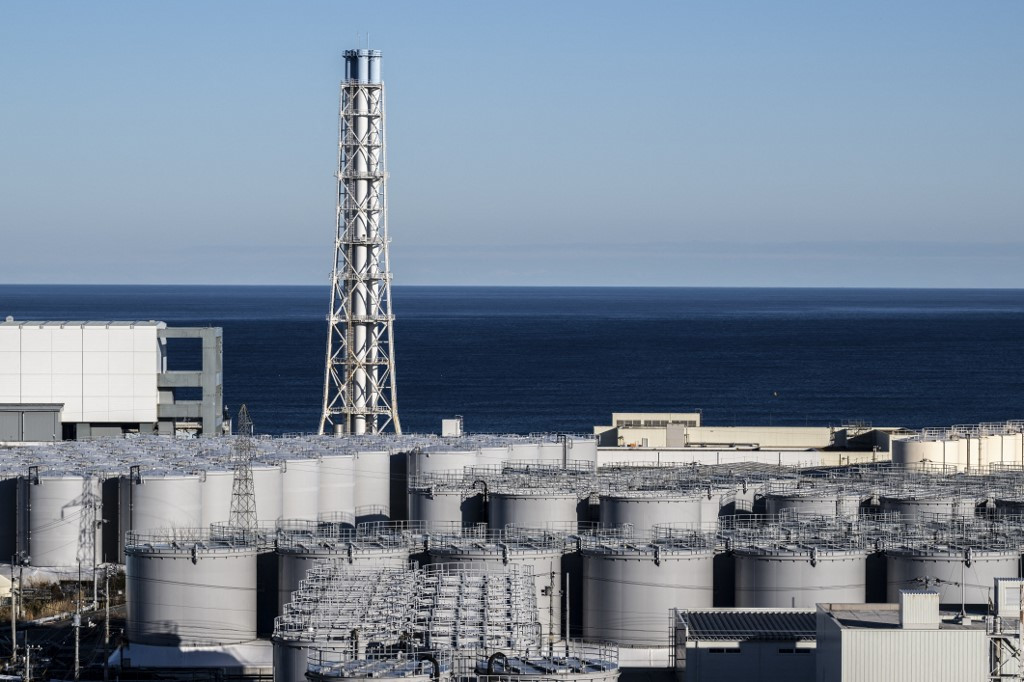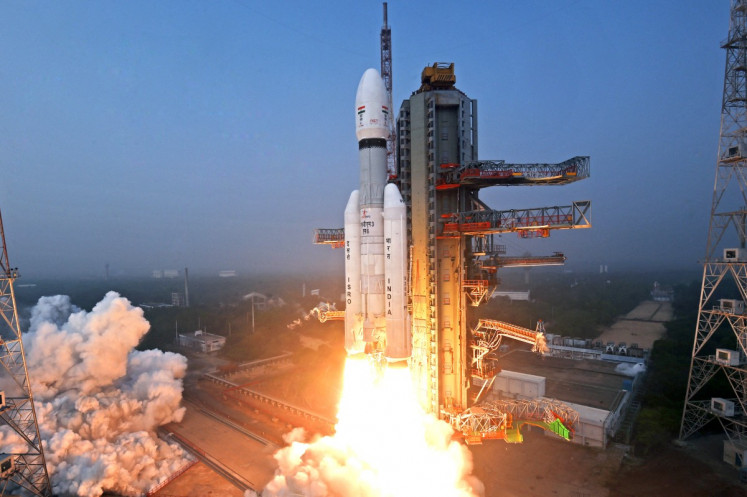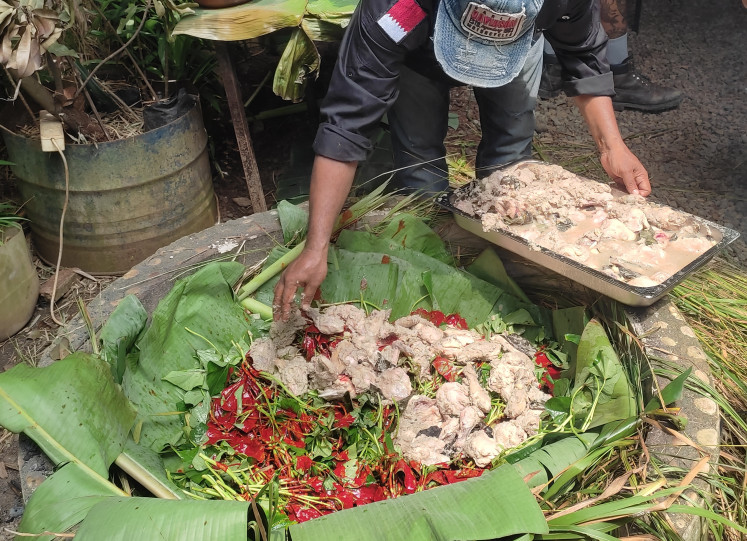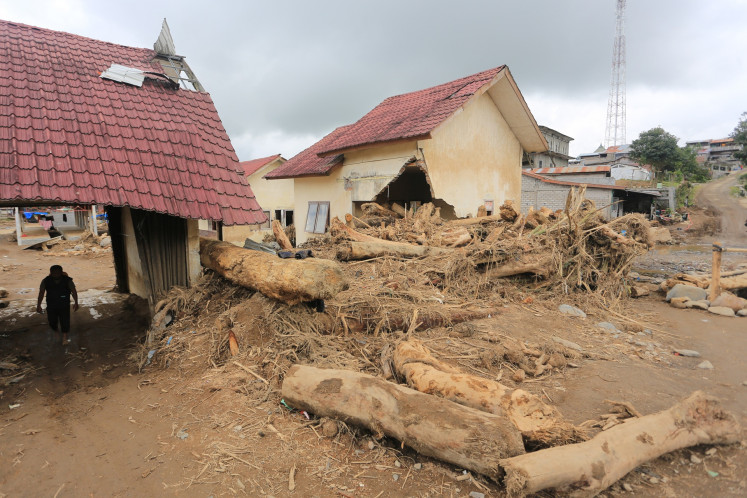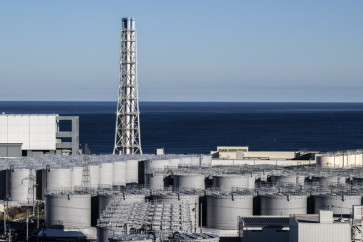Popular Reads
Top Results
Can't find what you're looking for?
View all search resultsPopular Reads
Top Results
Can't find what you're looking for?
View all search resultsStudy trips, livestreamed fish: Japan's Fukushima charm campaign
Japan is waging a concerted campaign to calm controversy before it begins releasing treated water from the Fukushima nuclear plant into the sea.
Change text size
Gift Premium Articles
to Anyone
F
rom livestreamed fish to diplomatic study trips, Japan is waging a concerted campaign to calm controversy before it begins releasing treated water from the Fukushima nuclear plant into the sea.
The problem is massive: the Fukushima Daiichi plant, where several reactors melted down after the 2011 tsunami overwhelmed cooling systems, generates 100,000 litres (3,500 cubic feet) of contaminated water a day.
The mix of groundwater, rainwater that seeps into the area and water used for cooling is treated by plant operator TEPCO and stored on site. But 1.33 million cubic metres later, space has nearly run out.
TEPCO and Japan's government want to release the treated liquid, diluted with seawater, via a pipe extending a kilometre from the coast where the plant sits.
They say filtration removes most radionuclides -- elements that emit radiation -- and renders the water no different to that regularly released by nuclear plants elsewhere, a view endorsed by experts and the UN nuclear watchdog.
The release is a "robust plan," according to Tony Hooker, an associate professor at the University of Adelaide's Centre for Radiation Research, Education and Innovation.
"No environmental or human health impacts are likely to be observed," he said, though he noted there is growing debate about the global practice of ocean dumping.

